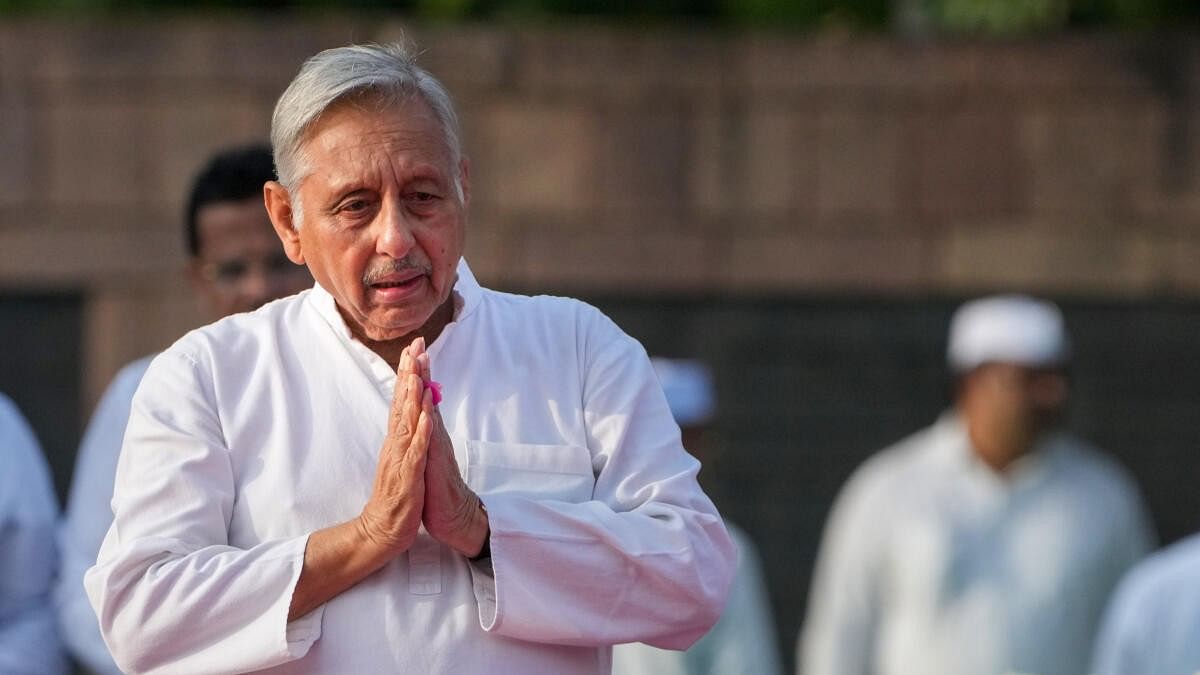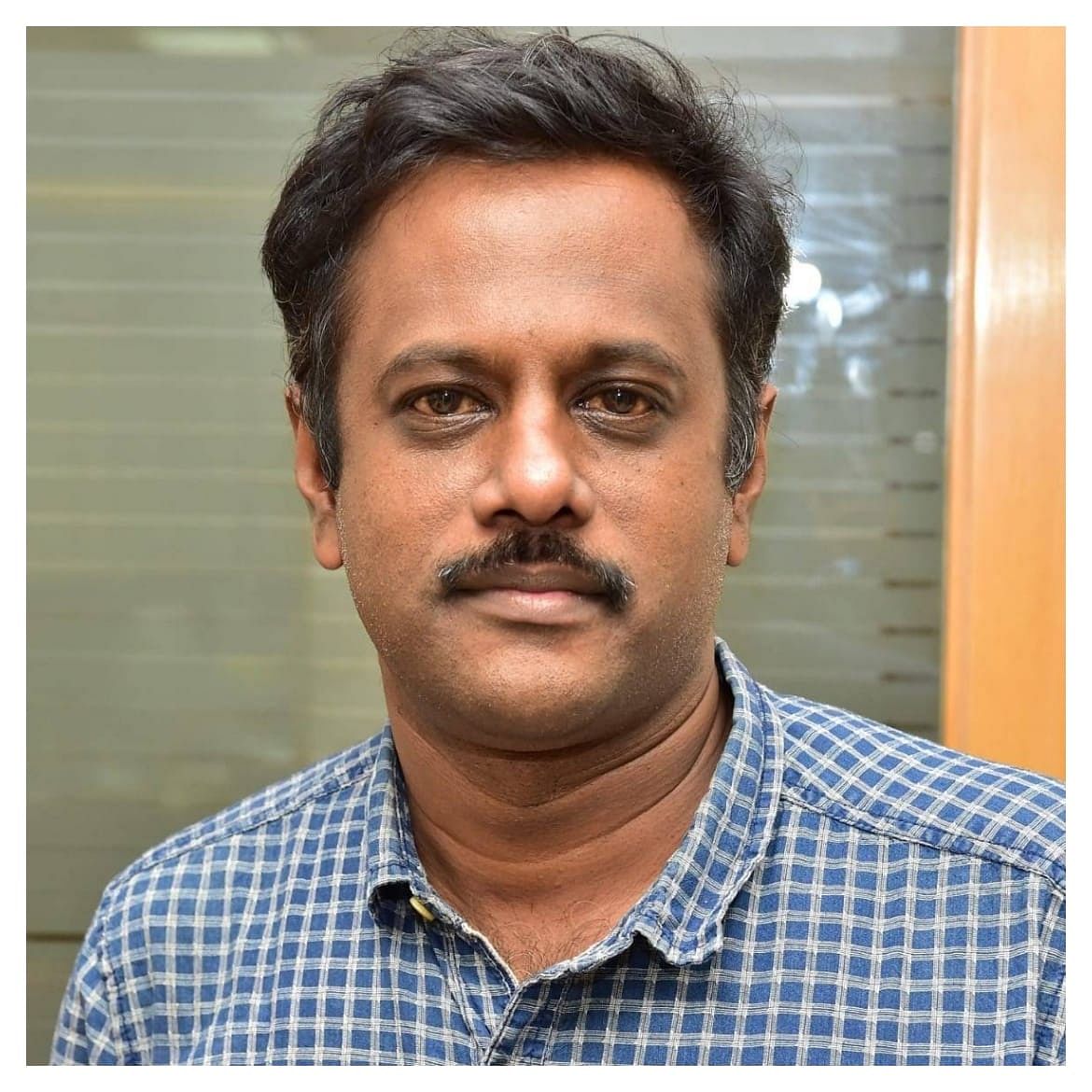
Congress leader Mani Shankar Aiyar.
Credit: PTI Photo
New Delhi: The locks on the gates of the inner courtyard of the disputed structure in Ram Janmabhumi-Babri Masjid complex were opened in events that were designed to fulfil the then-minister Arun Nehru's "ulterior motive" to "consolidate" the Congress's base by "pandering to Hindu sentiment", Mani Shankar Aiyar writes in a new book.
He says then-Prime Minister Rajiv Gandhi would never have agreed to such an "unprincipled step" if he was consulted on the events that led to a Faizabad court order that mandated the opening of the locks.
In his new book—The Rajiv I Knew – And Why He Was India’s Most Misunderstood Prime Minister—to be released on Friday, he recounts Rajiv’s tenure as PM and the controversies like the Shah Bano case, foreign policy initiatives, and domestic initiatives like the Panchayati Raj.
On the Babri Masjid issue, Aiyar squarely blames Nehru, a cousin of Rajiv, who had overwhelming influence in the government and suggested that the case in Faizabad court was mishandled and Rajiv was never given a full picture of what was happening till the locks were opened.
Soon after, Aiyar said, Rajiv conducted an internal party probe and found Nehru was "behind the conspiracy" to open the games at Ayodhya while his aide M L Fotedar had no role.
According to Aiyar, Nehru had managed to install “hitherto obscure Veer Bahadur Singh” as UP Chief Minister and evidence on record appears to indicate that he had been chosen to fulfil Arun Nehru’s ulterior aim of getting the locks opened to consolidate the party’s base by pandering to Hindu sentiment”.
Singh had visited Ayodhya on December 19, 1985, where a VHP delegation led by retired Justice Shiv Nath Katju met him to argue that the locks had not been put under any court order and it “interfered with the free exercise of the Constitutional rights to worship Bhagwan Shri Ram”.
While Singh “quietly listened” and appeared to have ordered a close search of records, the District Magistrate and Superintendent of Police later told a court that the locks were not necessary for preserving public peace and law and order.
Soon after the court ordered unlocking the gates, Aiyar writes, “the locks were dismantled within a few minutes” and a “storm of Hindu worshippers surged in. There was something clearly orchestrated about this sequence of events.”
Rajiv’s approach in this matter was with “much rectitude: punishing the one and sparing the other, although a much easier path would have been to spare the politically powerful Arun Nehru and punish the party apparatchik ML Fotedar,” he wrote.
“Stray remarks to me by the Prime Minister indicated he had nothing to do with this tragic farce and was deeply disturbed,” he wrote.
Rajiv also sought to see whether a political settlement was possible and deputed then Home Minister Buta Singh to visit Ayodhya in August-September 1989 to explore the possibility of a site in the immediate vicinity of the mosque for a Ram temple.
Singh succeeded in identifying a possible location “but either he did not know or deliberately suppressed the fact part of this site lay within the disputed area.
